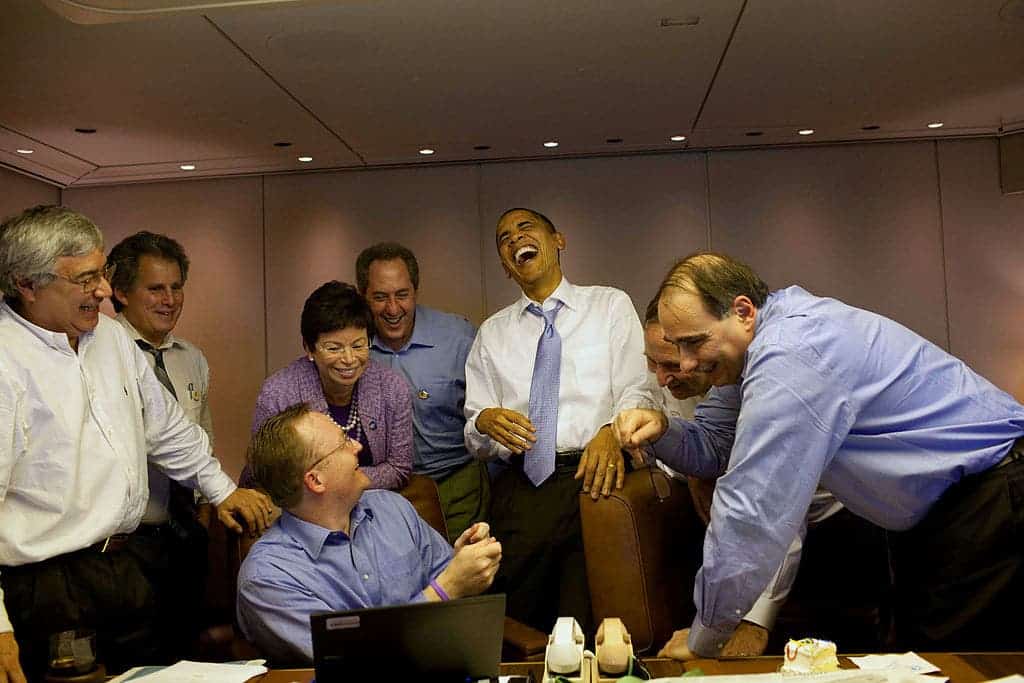Quantum physics could help scientists get to the bottom of an age-old question: why do we find some things funny? A team from the University of British Columbia, Canada, has developed a mathematical model of humor which they hope can predict whether a joke will be funny or not.

We all love a good sense of humor, but so far scientists don’t actually know what makes or breaks one. More accurately, we don’t know what happens in our brains to make them (us) perceive one joke or pun as being hilarious, and another as dry and boring. We know when we get the joke, but we don’t get how our brain gets it.
But the funniness of a joke can be predicted using quantum theory, say Liane Gabora from the University of British Columbia’s Department of Psychology and her colleague Kristy Kitto from the Department of Mathematical Sciences at the Queensland University of Technology in Brisbane Australia. This novel take on the issue may provide a more nuanced model of the cognitive process underpinning humor than current models and eventually lead to a formal framework of humor rooted in quantum theory.
What makes a joke
The prevailing view is that the funny element in jokes can be explained by words’ ability to hold two meanings at the same time (bisociation), and from the multiple but incompatible ways a statement or situation can be interpreted (incongruity). To quote my highschool literature teacher, comedy relies on the dissociation of semblance and essence — In simpler terms, jokes are funny because what you see is not what you get. A joke’s set-up nudges you to expect a certain outcome. Then the punch line turns the situation on its head by using alternative meanings or context to the one you were relying on — and that shift creates the comical effect. For example:
Time flies like an arrow. Fruit flies like a banana.
The duo, however, believes that it’s not just the shift in meaning which makes a pun or a joke funny — it’s our ability to perceive both meanings at the same time that does it. This would make a quantum approach much more adept at accounting for all the complexities of humor than previous models.
“Quantum formalisms are highly useful for describing cognitive states that entail this form of ambiguity,” said Liane Gabora. “This paper will propose that the quantum approach enables us to naturally represent the process of ‘getting a joke’.”
They tested this initial model in an experiment where 85 first year undergraduate students enrolled in an introductory psychology course at the University of British Columbia were asked to rate the funniness of puns, as well as the funny factor of parts of the jokes on their own (just the set-up or the punchline, for example.) The team deconstructed the joke, shifted the elements around, and even put new ones in to see what makes people tick.
Breaking it down
The unaltered joke, eg. “Why was 6 afraid of 7? Because 789,” proved to be the funniest (mean funniness of 2.70), followed by those the team intentionally constructed to be funny — Incongruent set-up jokes, eg “Why was 6 afraid of 7? Because 7 was a six offender” and Incongruent Punchline jokes with a mean funniness of 2.37 and 2.12, respectively. Next came the jokes where the incongruency, the main source of humor, was eliminated, with Congruent Setup and Congruent Punchline achieving a mean funniness of 1.41 and 1.47 respectively. The setup or punchlines alone were considered the least funny, both achieving a funniness of 1.22.
The authors note that while their data supports incongruence/bisociation as a source of humor, it shows that there’s something more at play here. They note that a joke’s “mean funniness […] should be equal to the sum of its funniness as judged under all possible semantic interpretations,” but with the jokes deconstructed into parts and rated by the students they find that “that there is no way in which to chose semantic probabilities that will satisfy” this equation.

Image credits Steve Buissinne / Pixabay.
This would suggest that the brain adds something to the information (the joke) it receives, that there is a cognitive process which makes the fully assembled joke funny, even if its individual elements aren’t — a phenomenon which would make a quantum approach ideally suited to the study of humor.
“Funniness is not a pre-existing “element of reality” that can be measured; it emerges from an interaction between the underlying nature of the joke, the cognitive state of the listener, and other social and environmental factors,” the team writes in their paper.
“This makes the quantum formalism an excellent candidate for modeling humor, as this interaction is well described by the concept of a vector state embedded in a space which is represented using basis states that can be reoriented according to the framing of the joke.”
The team says that their model isn’t meant as a unifying theory of humor, but only as an explanation for its cognitive aspects. They also say the model is “still rudimentary, and more research is needed to determine to what extent it is consistent with empirical data.”
The full paper “Toward a Quantum Theory of Humor” has been published in the journal Frontiers in Physics.


